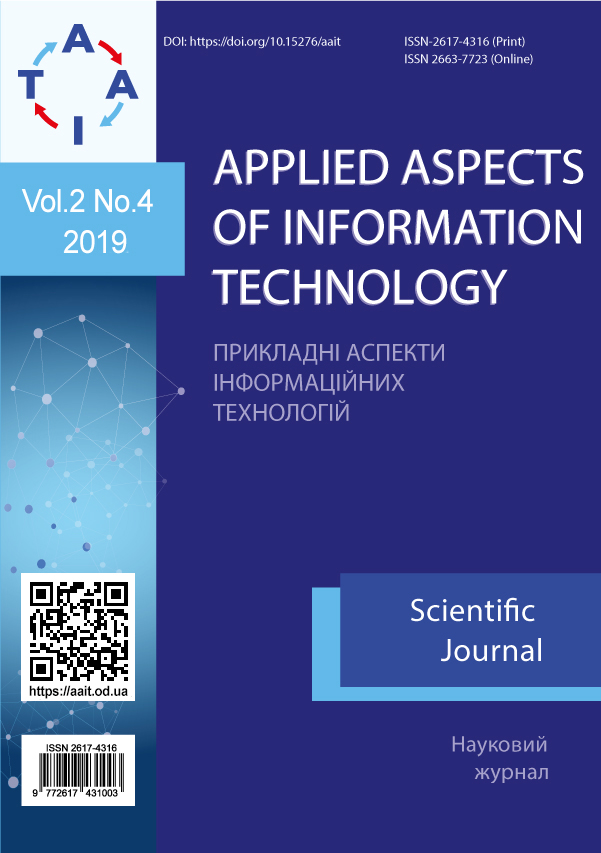Study of current transformers magnetic field by method final elements using the FEMM software complex
Main Article Content
Abstract
The widespread use of current transformers both in relay protection systems and for measuring purposes makes the task of estimating their errors quite urgent. The permissible error levels of modern measuring current transformers should not exceed a fraction of a percent. Moreover, the errors of multi-range current transformers with incomplete filling of the magnetic circuit with secondary windings are determined distribution of the magnetic field in the magnetic system, depending on the scattering fluxes of the windings. The analysis of the capabilities of various software products that implement the finite element method for the calculation of electromagnetic systems. It has been established that, to the greatest extent, for the study of the magnetic field of current transformers by users without special training, is the FEMM software package. Using this program, we studied the distribution of the magnetic field of the current transformer when the magnetic system is not completely filled with turns of the secondary winding and with a different arrangement of the return wire of the multi-turn primary winding relative to the secondary winding for a current transformer with a toroidal magnetic system. For a transformer with a rectangular magnetic system, a magnetic field is simulated for one and two secondary coils. The characteristics of the distribution of the magnetic field in the magnetic system and the normal component of the scattering field of the transformer have been obtained. The diagrams of the magnetic field vectors are constructed for different sections of the transformer magnetic system. It is shown that when the magnetic system is incompletely filled with turns of the secondary winding, a significant uneven distribution of magnetic induction along the magnetic circuit occurs, which leads to an increase in the error of the current transformer. Studies have shown the effectiveness of the finite element method for modeling magnetic fields and error estimation of current transformers. The FEMM software environment used for research is a universal and accurate information technology for calculating current transformers, convenient for users without special training.



